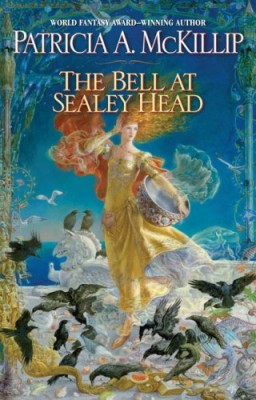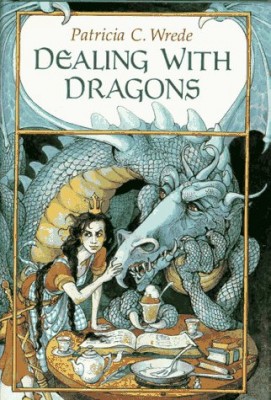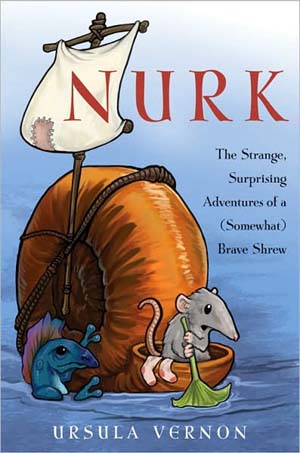Date read: 10.25.11
Book from: Borrowed from a friend
Reviewer: Emera
“… or, The Enchanted Chocolate Pot: being the correspondence of two Young Ladies of Quality regarding various Magical Scandals in London and the Country.
Dear Reader,
A great deal is happening in London this Season. To begin with, there’s the wizard who tried to poison Kate at the Royal College – she must have mistaken Kate for the Mysterious Marquis (which is curious, as they look nothing alike). There’s also the man who seems to be spying on Cecelia, though he’s not doing a very good job of it – so just what are his intentions?
Then there’s the strange spell that has made our friend Dorothea the toast of the town. Could it possibly have something to do with the charm-bag under Oliver’s bed? (Speaking of Oliver, how long can we make excuses for him? Ever since he was turned into a tree, he hasn’t bothered to tell anyone where he is.)
Clearly, magic is a deadly and dangerous business. And we might be in fear for our lives . . . if only we weren’t having so much fun!
Love, Cecy and Kate”
A mightily charming epistolary romp through magical Regency England, and a long overdue read for me. Sorcery and Cecelia is fast-paced and stuffed full of clever gambits, sardonic conversation, and plenty of historical slang and detail to please period buffs – the girls spend as much time outwitting fussy aunts and negotiating delicate social constraints as they do uncovering wizardly misdeeds. Also, there are jokes about Byron.
My one disappointment is that the book doesn’t make much room for character development beyond what’s necessary to move the plot along. Between that and the lack of detailed physical description I had trouble telling the girls, and their respective love interests, apart – everyone is witty, quirky, and dark-haired. I must also confess to fantasy-nerdly hankering for more detail about the magical system and the greater role of wizards (they seem to have curiously little influence on society) – but seeing as Jonathan Strange and Mr. Norrell also exists, I can hardly complain that that itch has gone unscratched.
In any case, S & C is a great divertissement: playful and vivid, with a lovable (if homogeneous) cast. Common sense says I shouldn’t (too much work to do these days!), but I’m already scheming about finding the sequel…
Go to:
Patricia C. Wrede: bio and works reviewed
Caroline Stevermer: bio and works reviewed
The Grand Tour, by Patricia C. Wrede & Caroline Stevermer (2004): review by Emera
The Thirteenth Child, by Patricia C. Wrede: review by Kakaner
Dealing With Dragons, by Patricia C. Wrede: review by Emera
Talking to Dragons, by Patricia C. Wrede: review by Emera


